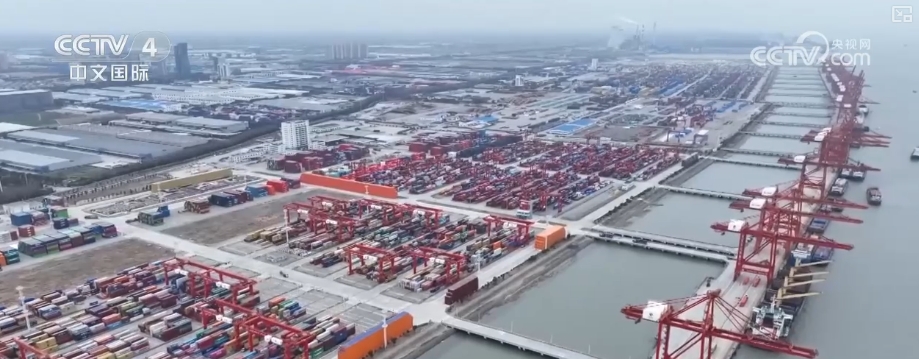Introduction To The Cultural Collection Of "Collection Of Coins And Stamps Of 66 Countries Along The Belt And Road"
Introduction To The Cultural Collection Of "Collection Of Coins And Stamps Of 66 Countries Along The Belt And Road"
1. Historical background and cultural heritage. The Belt and Road Initiative, as an important cooperation framework to promote global connectivity, spans across Asia, Europe and Africa, covering ancient civilizations and modern economies. Coins and stamps from 66 countries along the route are not only media for economic transactions
1. Historical background and cultural heritage
As an important cooperation framework for promoting global connectivity, the "Belt and Road" initiative spans three continents, Asia, Europe and Africa, covering ancient civilizations and modern economies. The coins and stamps of 66 countries along the route are not only media for economic transactions, but also microcosm of the history, art and culture of various countries. From the trade legacy of the ancient Silk Road to modern economic and trade cooperation, these coins and stamps have witnessed the glorious journey of exchanges between Eastern and Western civilizations.
For example, the coins of Central Asian countries such as Kazakhstan and Uzbekistan often incorporate Turkic and Persian cultural elements; stamps of Southeast Asian countries mostly show the fusion style of Buddhism, Islam and colonial periods; the currency design of Central and Eastern European countries reflects the influence of Renaissance and Baroque art. Every coin and stamp carries a unique national memory, connecting the dialogue of civilization on the thousand-year Silk Road.
2. Production craftsmanship and artistic value
The 66-country coins and stamps selected in this collection are all genuine collections issued by official mints and postal departments of various countries. They are exquisite in craftsmanship and exquisite in details:
Coin Craft: Metal Molding: Some countries use traditional precious metals (such as silver, copper-nickel alloys) to cast coins, such as Turgrik (Mongolia) horse relief and Dinar (Serbia) historical figure carvings, all of which use high-precision imprinting technology and clear texture. Anti-counterfeiting technology: Modern coins mostly use miniature text, invisible engraving and other processes, such as the laser holographic pattern of Polish Zloty, which is both practical and artistic. Stamp design: Printing technology: Adopt offset printing, gravure engraving and other processes, such as the hot-stitched Buddhist patterns of Thai stamps and the fluorescent ink of UAE stamps, with rich colors. Theme diversity: covers themes such as natural scenery (such as Sri Lankan tea garden), historical figures (such as Hungarian poet Petofi), major events (such as China-Europe Express commemorative ticket), and other themes, showing the characteristics of various countries in a small amount.
3. Collection value and scarcity
Systematic compilation: This highlight collects 66 national coins and stamps into a book for the first time, covering some small national currencies with scarce circulation (such as Montenegro Euro Commemorative Coin and Bhutanese Nultrum). Some countries have joined the euro zone, and the original currencies have been stopped, which is even more scarce. Authoritative certification: All collections are accompanied by professional organizational appraisal certificates to ensure authenticity and quality. Some limited edition stamps are official numbers, such as the special stamps of Angkor Wat, Cambodia.
4. Analysis of appreciation potential
Historical factors: The political changes in some countries along the route have led to the change of currency versions (such as the Syrian pre-war version of paper money), the number of early versions has decreased year by year, and the market premium is significant. Cultural demand grows: With the deepening of cultural exchanges in the "Belt and Road" and the popularity of collectibles in related themes has increased. According to data from the International Collections Association, the average annual increase in stamp prices in Central Asian countries in the past five years has reached 8%-12%. Investment attributes: Precious metal coins (such as Turkish lira silver coins) have anti-inflation functions, while malformed stamps (such as the 2019 "Maritime Silk Road" printed mutated tickets in the Philippines) have become the focus of auctions.
5. Cultural inheritance and international significance
This collection not only provides investors with investment options, but also a miniature "World Civilization Museum":
Conclusion
"Collection of Coins and Stamps for 66 Countries Along the Belt and Road" uses physical carriers to condense the essence of the civilization of the Thousand-year Silk Road. Its craftsmanship, broad subject matter and profound background make it a collection of works that combine cultural taste and asset allocation value. With the continuous advancement of the "Belt and Road" initiative, this collection of treasure books that integrate history and the future will surely be cherished by more knowledgeable people.





